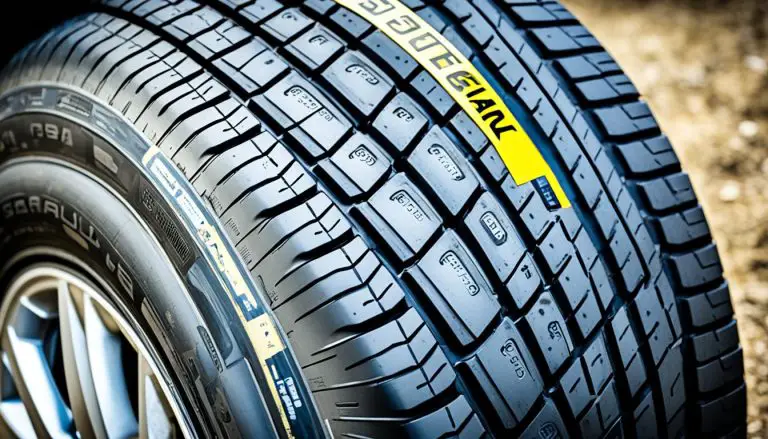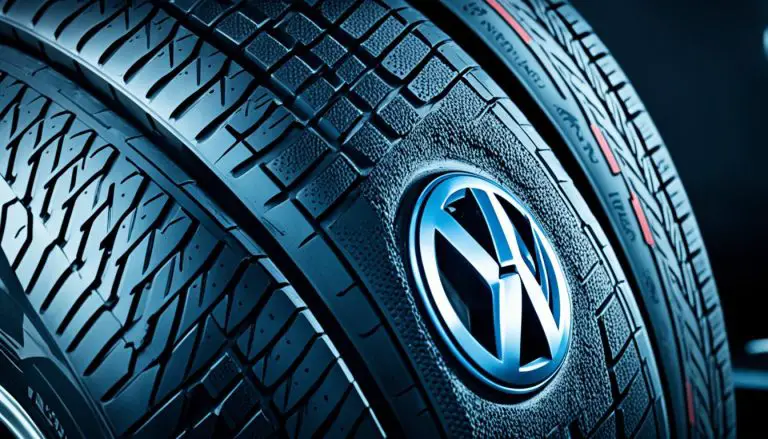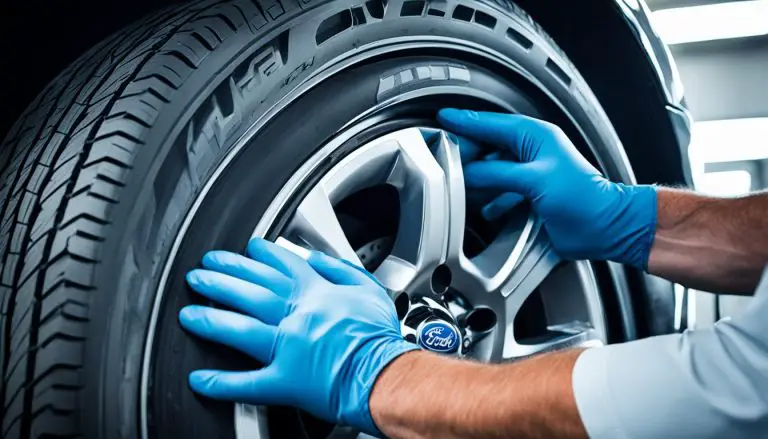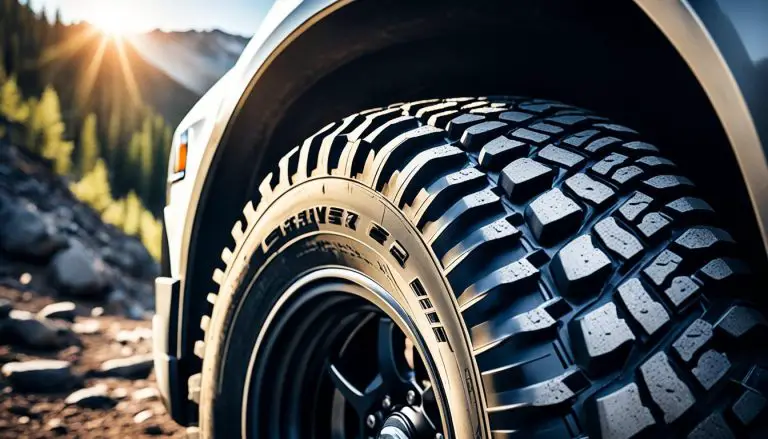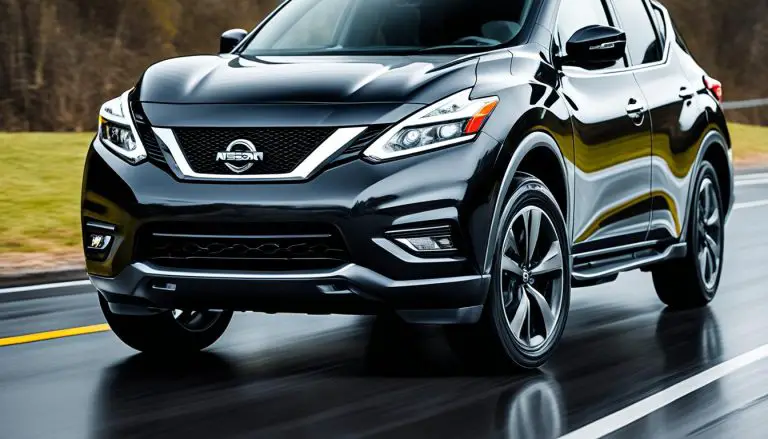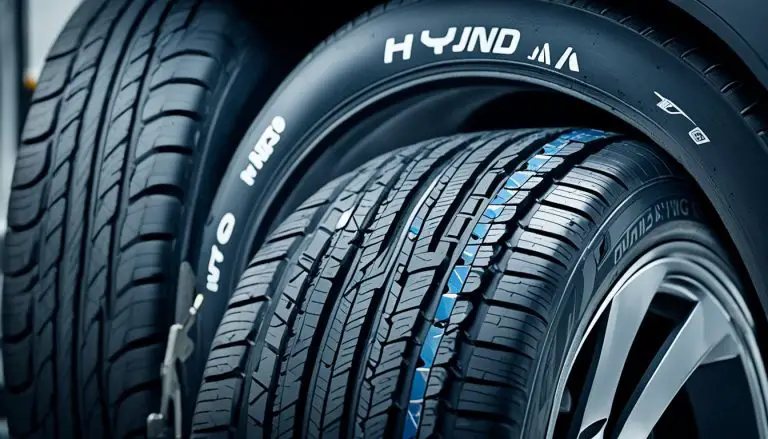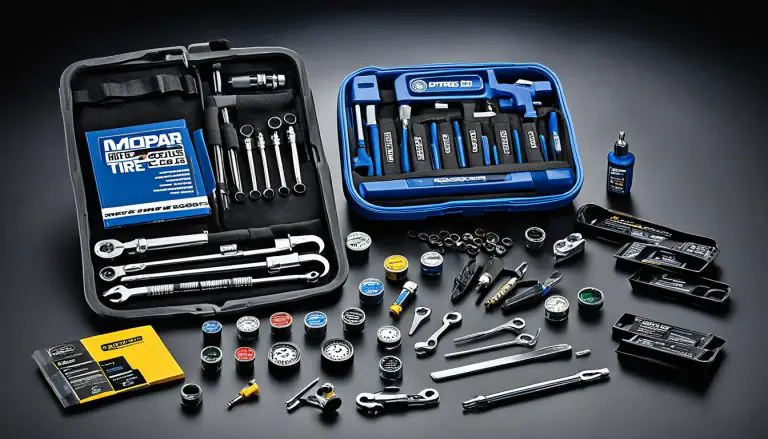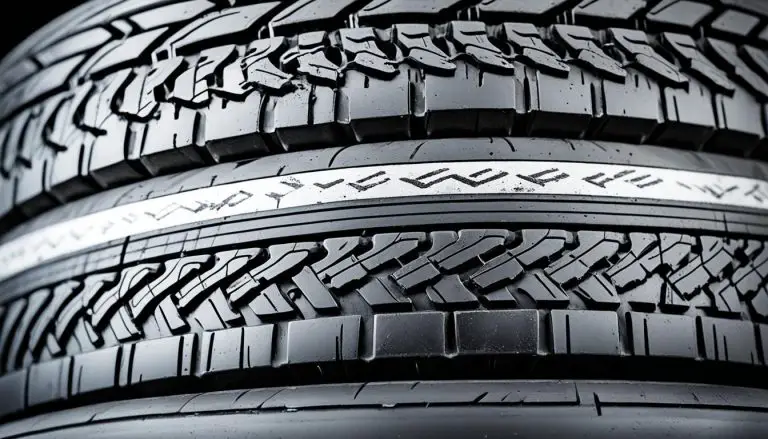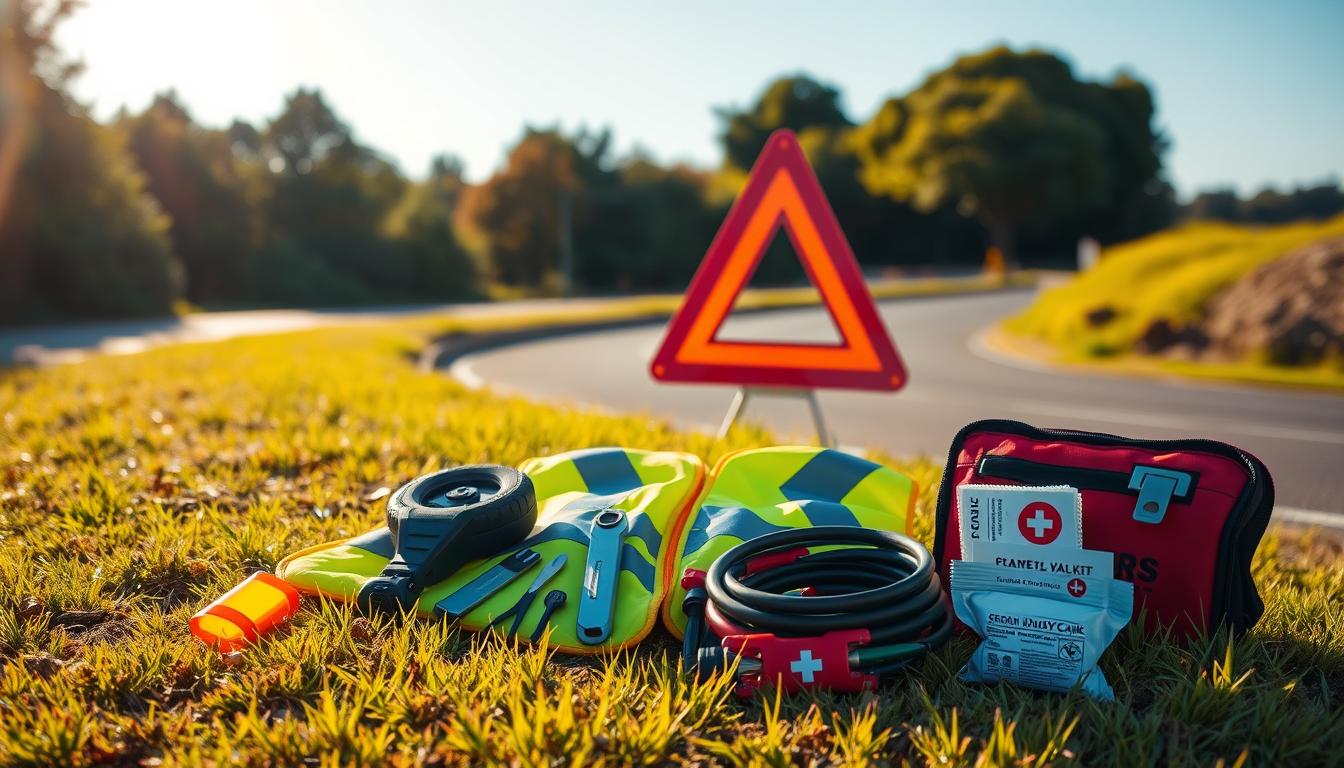Did you know that more than 30% of the Subaru Outback’s weight comes from its tires? The...
Blog
Just a one-inch difference in tire size can significantly change how your Volkswagen performs. This includes handling...
Did you know the average American replaces their tires every 3 to 5 years? This equals about...
Did you know the average American changes their truck tires every 40,000 miles? As a Chevy truck...
Were you aware that Nissan not only matches prices but provides an extra 5% credit on certain...
Kia, the beloved South Korean automaker, aligns with leading tire manufacturers worldwide. They fit their vehicles with...
Being an electric vehicle (EV) owner, the tires you select significantly affect your drive. Tesla identifies approved...
The tires on your Hyundai are more vital than you might think, encompassing over 30% of its...
Did you know a discussion about the Mopar Tire Service Kit got 25,000 views? This figure reflects...
Did you know that underinflated tires are responsible for over 600 fatalities and 33,000 injuries on U.S....
